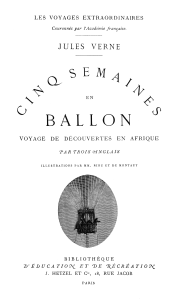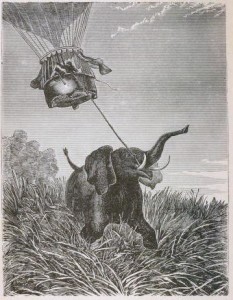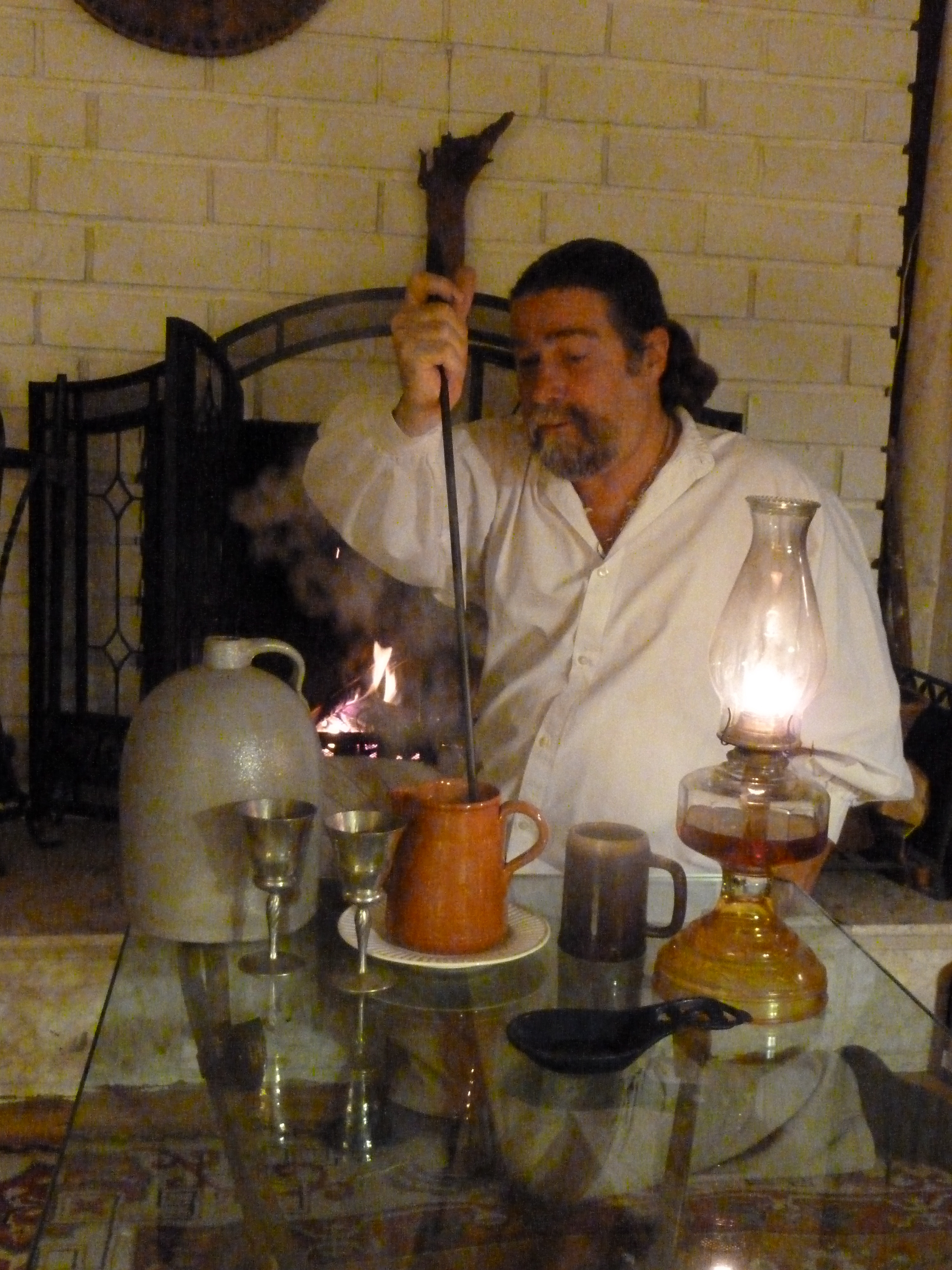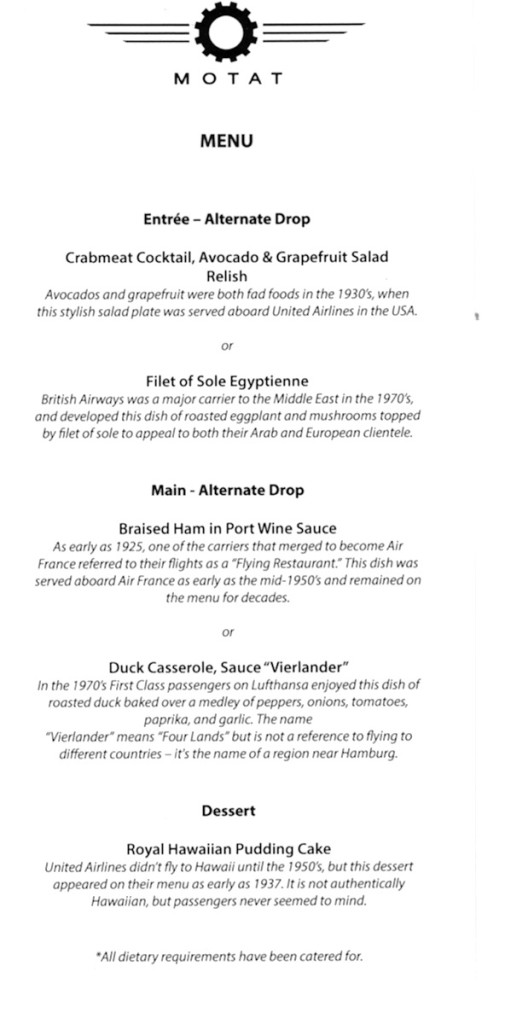Jules Verne was a visionary, though he was modest about his writing and insisted that he never invented anything. To a degree he was right – humans descended beneath the sea in submarines before he wrote about them, but those craft were fragile and unreliable, nothing like the mighty Nautilus of 20,000 Leagues Under The Sea. Verne’s early works often featured balloon voyages, and were published in a magazine that specialized in stories combining factual science and fiction. This is one reason they read oddly to modern people – they were designed as a combination of education and entertainment with the expectation that readers would know when one stopped and the other started.
Verne’s first novel, known to Anglophones as Five Weeks in a Balloon, was published in 1863, and was about an aerial exploration of Africa by three Englishmen. The description of their pre-departure preparations gives a distinctly spartan provisions list:
“He at the same time carefully weighed his stores of provision, which consisted of tea, coffee, biscuit, salted meat, and pemmican, a preparation which comprises many nutritive elements in a small space. Besides a sufficient stock of pure brandy, he arranged two water-tanks, each of which contained twenty-two gallons.”
Verne included a chart listing the weight of their supplies; the “Meat, pemmican, biscuits, tea, coffee, and brandy” weighed 386 pounds, the water 400 pounds. They also brought guns and powder to shoot animals along the way, and various adventures ensue whenever they do. The animals are butchered on the ground and steaks roasted over a fire and brought back to the balloon, and the only aerial cooking seems to be the making of coffee. I don’t remember any incident at which the three Englishmen preferred tea to coffee, which in that era may have qualified the book as science fiction. Perhaps the tea may have been intended as ballast, or saved to entertain any company with more conventional tastes.
The pace of Verne’s novel is greatly slowed by his habit of cramming historical and technical information into the narrative, and casual readers will find themselves skimming past columns of numbers and recitations of the adventures of previous African explorers. It’s not riveting reading in the English translation, though everyone I know who has read Verne in the original French says the prose is much more elegant. Impractical as his vision was, and as imperfectly translated into other languages, he certainly inspired more practical people who made his dreams of flight a reality.






